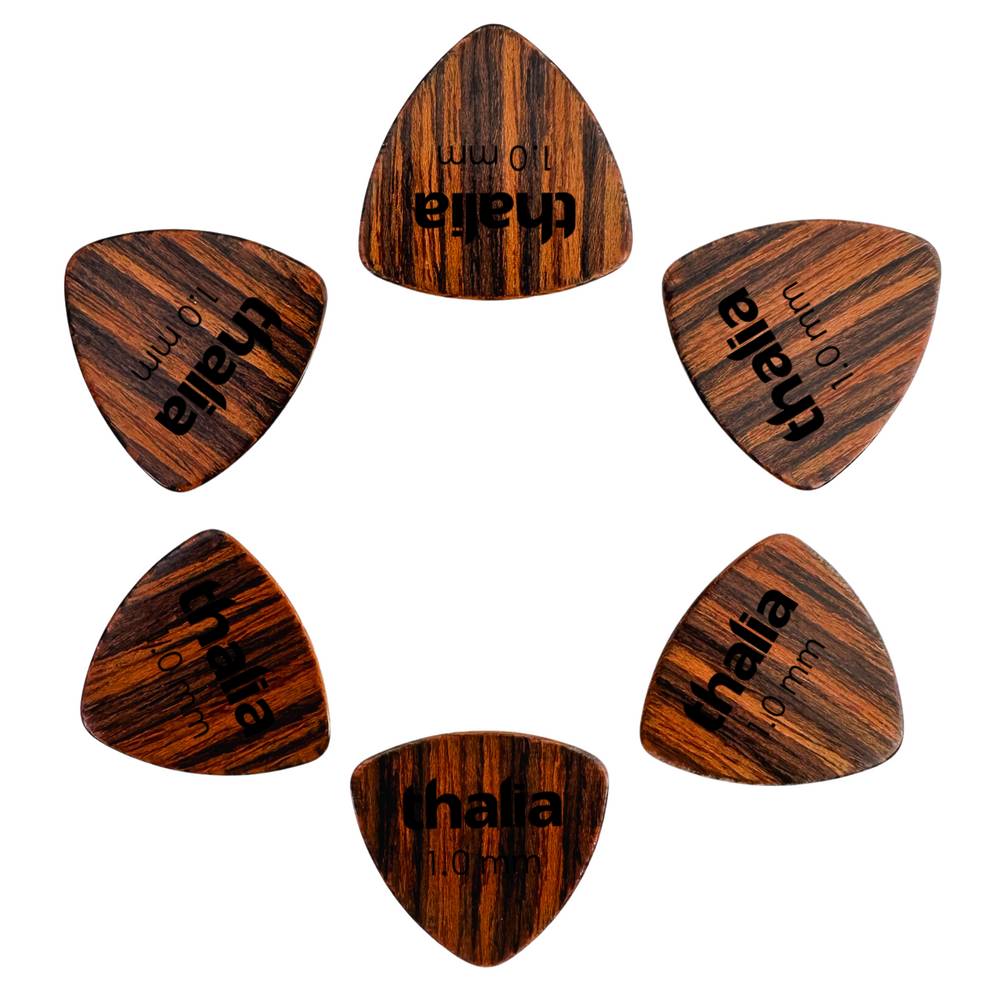RIP Martin Birch: Five Classic Tracks

Earlier this week, we lost one of the greatest rock producers of all time.
You’ve only got to look at the list of bands Martin Birch worked with to recognize his impact on rock n’ roll. He cut his teeth engineering for Fleetwood Mac and Wishbone Ash before moving on to producing such legends as Black Sabbath, Deep Purple, Rainbow and Iron Maiden.
Today, in honor of the late, great production wizard, we’re taking a run through five classic Martin Birch-produced tracks and talking about what makes them so great.
Deep Purple – Burn (1973)
For many, the idea that Deep Purple could continue without Ian Gillan and Roger Glover was improbable. Burn not only silenced the doubters, it gave Purple one of their best records in the process. The title track is a bonafide monster, and showcases Birch at his engineering and mixing best. The raunch, yet clarity of Blackmore’s guitar, the precise attack of Paicey’s drums and the tight harmonies of Coverdale and Hughes; it’s rousing stuff.
Rainbow – Stargazer (1976)
Purple may have imploded in the mid-‘70s, but Birch was still on hand to produce the group’s myriad spin-off projects. Indeed, it’s testament to Birch’s shaping of the mighty Purple sound that Richie Blackmore and other Purple alum (more on them in a second) were so keen to tap the producer again. Stargazer from Rainbow rising was opulent, epic baroque-rock at its finest.
Whitesnake – Ain’t No Love in the Heart of the City (1980 – Live)
As I’ve already mentioned, Martin Birch had a knack for getting a band’s live feel down in the studio. It’s perhaps unsurprising, therefore, that he was also a live album producer par excellance.
When it comes to Birch’s “in concert” work, Deep Purple’s Made in Japan and Iron Maiden’s Live After Death are routinely cited as the classics. I’m not going to dispute that – they’re two of my favorite albums of all time – but, I’d also cite Whitesnake’s Live in the Heart of the City as another gem.
Dave Coverdale’s boys were always better in their earlier, bluesy incarnation than the hair metal posterboys they became, and the version of Bobby “Blue” Bland’s Ain’t No Love in the Heart of the City that appears on Live… is living proof of that.
Blue Oyster Cult: Veteran of the Psychic Wars (1981)
Veteran of the Psychic Wars is a fascinating number. Coming from the soundtrack to the movie Heavy Metal, there’s nothing particularly metal about it – surprising given the myriad hard rock clients on Birch’s CV (as well as BOC’s panchant for dabbling in the almighty riff). It’s a classic, though; hypnotic, moody and instantly captivating.
As AV club put it:
“The drums are tribal. The synths hum like incantations. The guitar is minimal, applied with ritualistic precision.”
An ethereal gem from a band that dabbled with heaviness and soundscapes in equal measure, Veteran is also testament to Birch’s versatility behind the mixing desk.
Iron Maiden – Powerslave (1984)
Iron Maiden’s Egyptian epic is brought to life in all its opulent glory by Birch’s production. The relentless punch of Steve Harris’s bass, the thunder of Nicko McBrain’s drum kit (and one of my all-time favourite tom sounds on a rock record) and the sublime, layered Bruce Dickinson choir in the chorus – it’s a phenomenal capturing of a bombastic track.
RIP Martin Birch and thank you for the music.





















